No Hands! Restaurateurs Plan for Increased Safety
QSRs, in particular, are looking to new technologies that minimize touches and personal interactions.
Whether by mandate or by choice, restaurants across the U.S. have adapted their businesses for safer operation during the coronavirus pandemic. For starters, most have eliminated the dine-in option to focus strictly on a takeout and delivery platform. But many are also exploring how they will accommodate what they predict will be stiffer safety guidelines going forward.
“We are seeing restaurants now evaluating costs associated with creating a hands-free environment as a result of COVID-19, knowing their customers will want to know what safety measures are in place,” said Anjee Solanki, national director of retail services with Colliers International.
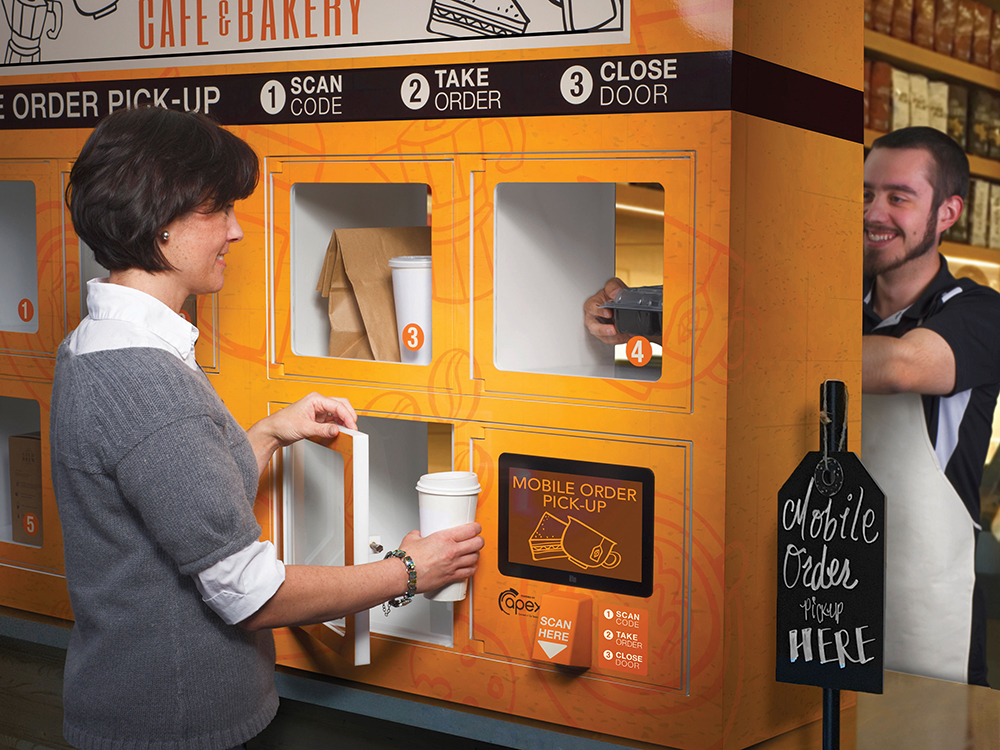
The Flow-Thru Locker Solution is designed to make self-service automation available to a variety of chain-store layouts, providing standalone and built-in configurations. Image courtesy of Apex Order Pick-Up Technologies
The framework for a hands-free environment already exists in the form of frictionless commerce—a method of integrating data, technology and devices to provide a seamless retail experience. Cashierless checkout stations are a prime example. However, there are a bevy of newer self-service technologies that—post-coronavirus—may find a greater audience in quick-service restaurants.
Take, for example, the automated locker station. Products like Apex Order Pick-Up Technologies’ Flow-Thru Locker Solution not only help expedite the QSR experience but they alleviate face-to-face interaction and reduce the number of times food is handled.
The number of QSRs considering adding ordering kiosks to their sites was on the rise in the U.S. even before the coronavirus, according to Tillster. Their 2019 Tillster Self-Service Kiosk Index report found that more than 65 percent of QSR customers would be more willing to patronize a restaurant if self-service kiosks were available.
While the technology exists to transform QSRs into autonomous destinations, it remains to be seen if the pandemic-induced changes will become the new normal. “Retail is largely driven by consumer behavior. So, short of government-mandated changes, I don’t expect many of the current changes we’re seeing are going to stick,” said Scott Truitt, brand strategist with Truitt Brand Design.
Sector Insights rotates among office/medical office, industrial, retail, multifamily, self storage and hotel/hospitality.

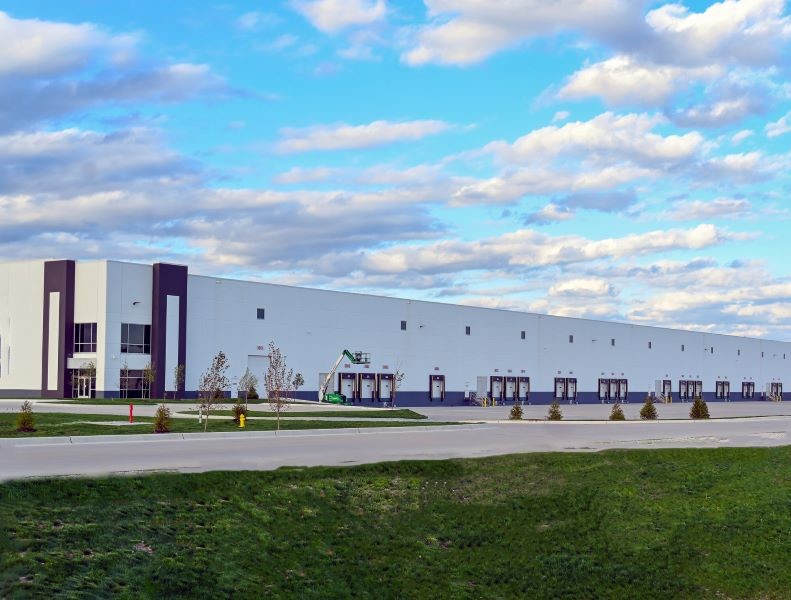
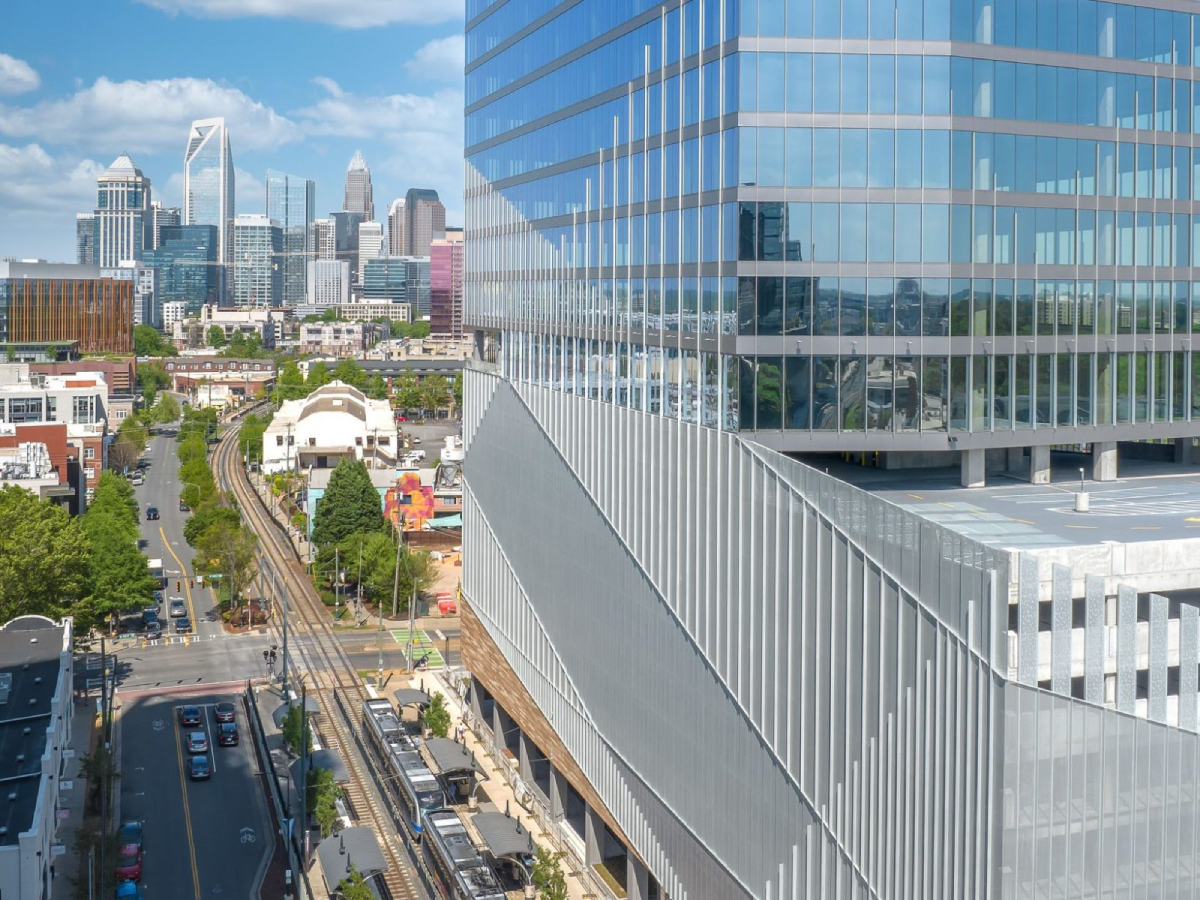
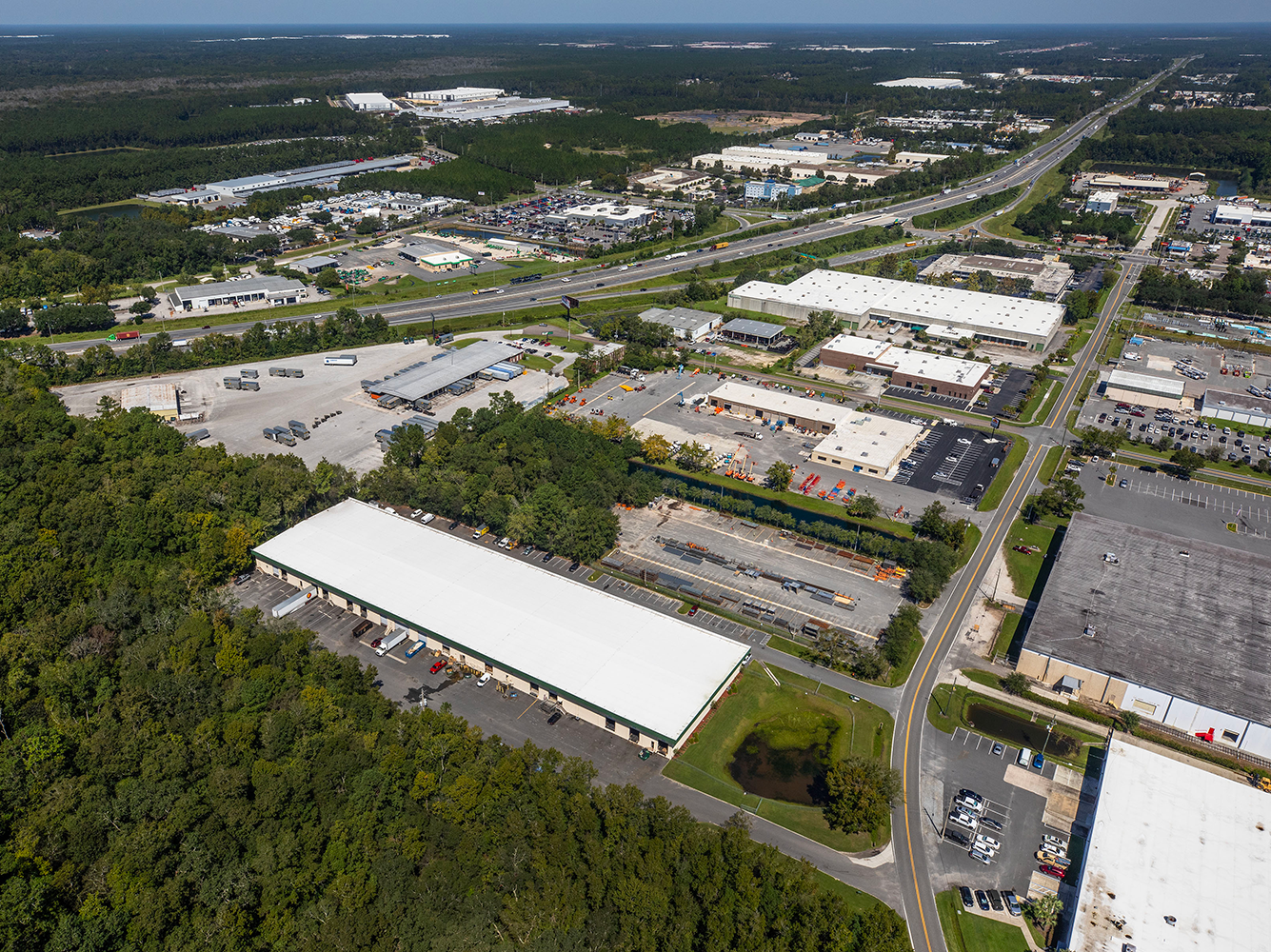

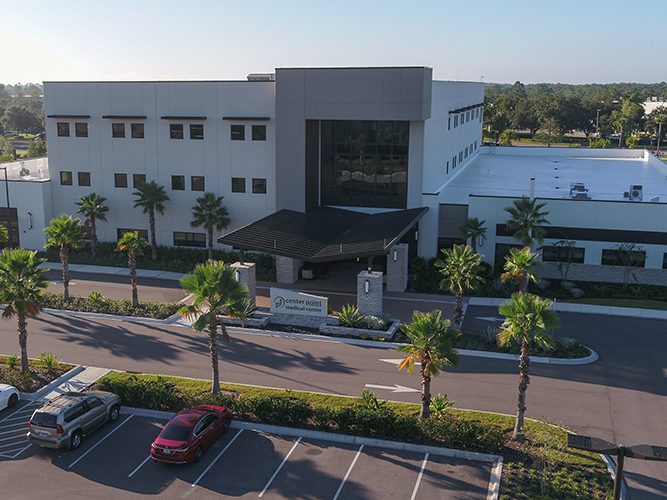

You must be logged in to post a comment.